Scottish marble cats: color features, breed description and subtleties of care
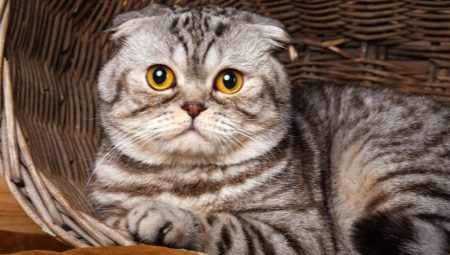
The color of the Scottish cat breed is varied. Its regulation occurs at the genetic level. The main colors are red and black. Their saturation and intensity determines the shade of the animal's fur.
Features of marble color, types
The coat of the Scottish tabby cat looks very impressive. There are several common features of the picture:
- the presence of dark lines on a light background;
- bright arrows coming from the outer and inner corner of the eye;
- the letter "M" on the forehead;
- hairs at the base are light, darkening towards the tips;
- striped tail (rings are wide);
- bright stripes on the neck and chest, framing like a necklace;
- spots, circles on the sides, located symmetrically relative to the line of the spine.
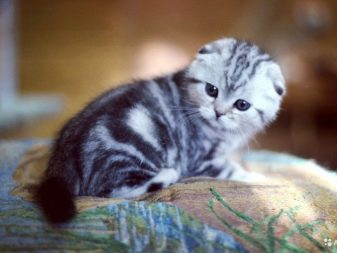
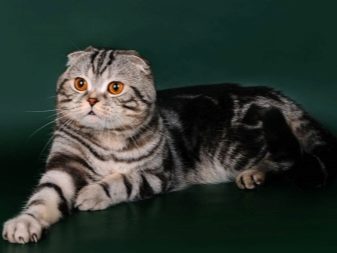
Each individual species has its own color scheme. Black marble (another name is brown) has a warm beige background, and the pattern is dark brown, almost black in places. The undercoat is light beige. The eyes of the animal are of a rich amber color, the pads of the paws are black.
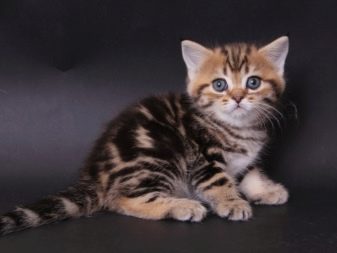
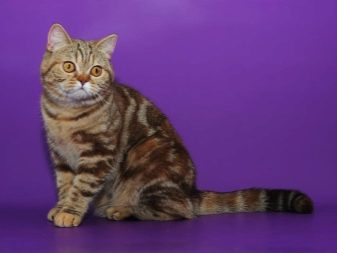
Marble on silver differs from the color of the undercoat described above. On a light, silvery background, dark spots look like bright contrast. The shade of a cat's eyes ranges from amber to honey. There are individuals with a green iris. The paw pads are black.
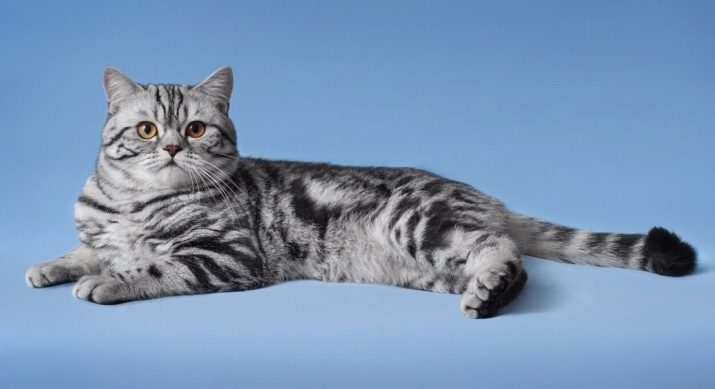
In blue marble, the basic color of the coat is bluish-grayish. The peculiarity of the species is that the pattern does not have such a vivid expression as that of the black or silver type. It is slightly blurry. The iris is amber. The color of the paw pads is gray.
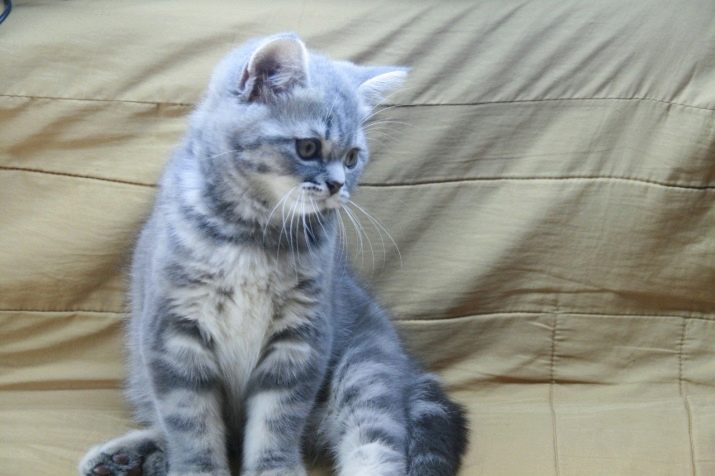
If the animal has the pheomelanin gene, then the predominant shade of the coat is red.These individuals include red marble. Ginger tabby kittens have a rich yellowish base coat color, on which an orange pattern is located. The pigment is also present in the iris, it is yellowish brown. On the paws are light pink pads.


The tortoiseshell view is especially interesting. It can only be seen in females.... The organism of individuals combines two pigments: black and red. As a result, the animal looks like black marble, in which there are chaotically scattered red spots. Such "sunny" blotches do not always make the pet attractive. A speck can be seen on one of the toes. Tortoiseshell cats, respectively, give birth to black or red Scottish marble offspring, so this species is a favorite of "cat lovers".

Marble on gold is considered a rare color. The undercoat provides an outflow of noble metal. The drawing surprisingly combines black and apricot colors. The iris of the eyes is green, the skin of the paw pads is black.
There are different shades of brown in the chocolate shade. It is a very beautiful family pet with amber eyes and brown paw pads. Breeders approach with special scrupulousness to the selection of a cat pair of marble tabby, so that as a result amazing offspring will be born.

Don't buy a kitten from strangers. Take advantage of the reviews of friends and acquaintances. There is a false marbled color that is clearly visible in the baby. As they grow older, the drawing will lose its saturation. Do not believe when you are assured that it will become brighter. Buyers who contact dishonest sellers are not immune from such a nuisance.
Description of the breed, character
The Scottish breed has a round head, located on a sturdy short neck. The nose is short, the jaws are powerful. The tail of the animal is long, becoming narrower to the tip. Rounded feet in medium length. A characteristic feature is round eyes, which give the muzzle a funny, surprised expression. Pronounced cheeks are slightly lowered downward.
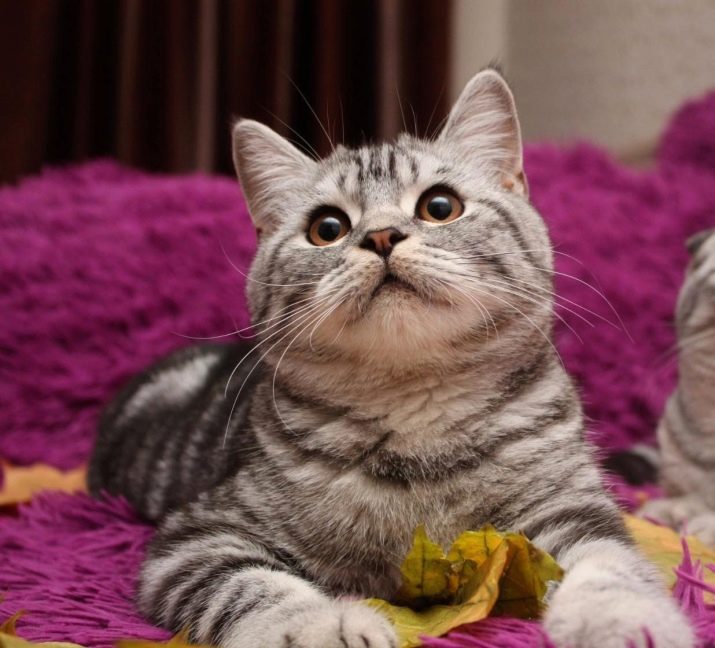
The nature of this breed is flexible. The animal is calm, sociable and at the same time does not require increased attention to its own person. Often he sympathizes more with one member of the family, becomes attached to him. This cat cannot be called tame. The pet will prefer to sit or lie next to its owner, rather than spend time in his arms.
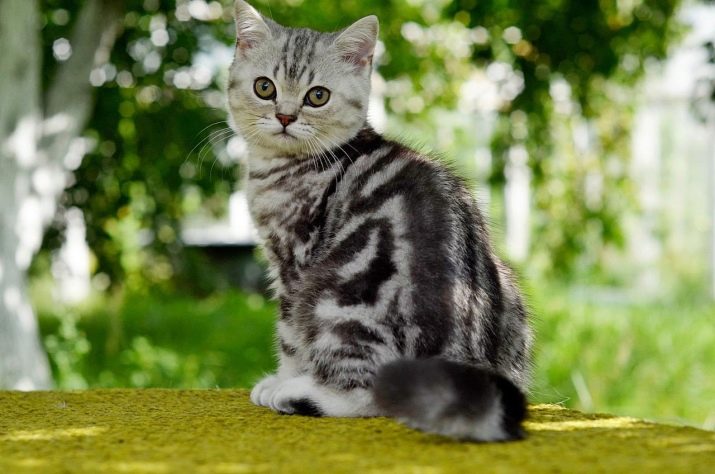
The Scotsman is an intellectual. He accepts the conditions of living in the apartment and knows what he is allowed to do and what is not. Such a resident does not cause trouble: he does not spoil furniture, wallpaper, etc. Their playfulness and curiosity are moderately developed. Kittens quickly adapt to their environment, regardless of the prevalence of noise or silence, so families with children can start such a breed. Kittens' hyperactivity disappears over time. Growing up, the animal becomes calmer and more balanced.

Maintenance and care
The Scots do not require any special attention. To keep your pet feeling good, brush its fur once a week. Necessary trim claws in a timely manner... Use only cat accessories that are sold in specialized stores for procedures. If the animal likes to sharpen its claws on furniture, buy him a scratching post.
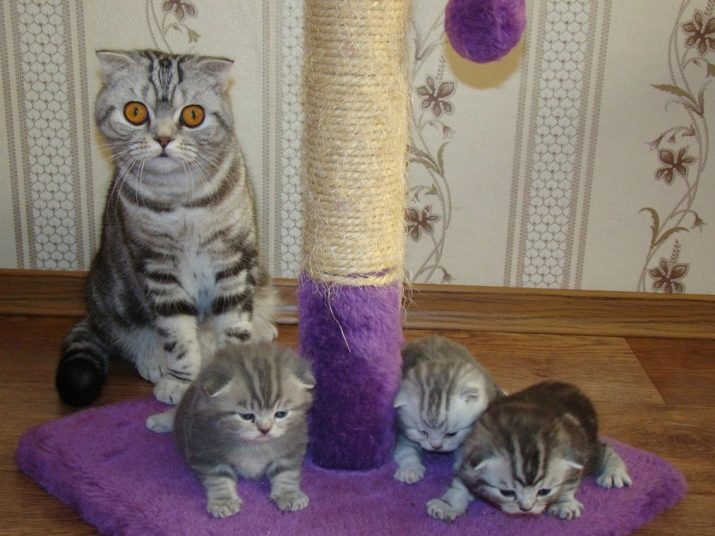
The breed is notable for its cleanliness, so you can bathe the cat only once a month. For this, purchase a shampoo specially formulated for cats. Clean the ears as needed with a cotton swab dipped in a special solution. Do not forget to periodically carry out preventive anthelmintic treatment.
For the animal's stomach to function normally, feed the animal with cat food. Don't get the cheap option. Only premium food will not harm your health, as they are truly balanced and do not contain harmful additives.
The assortment of cat food is varied. Finding the right one, depending on age and lifestyle, is easy and simple. If you prefer dry food, keep in mind that water should always be freely available.
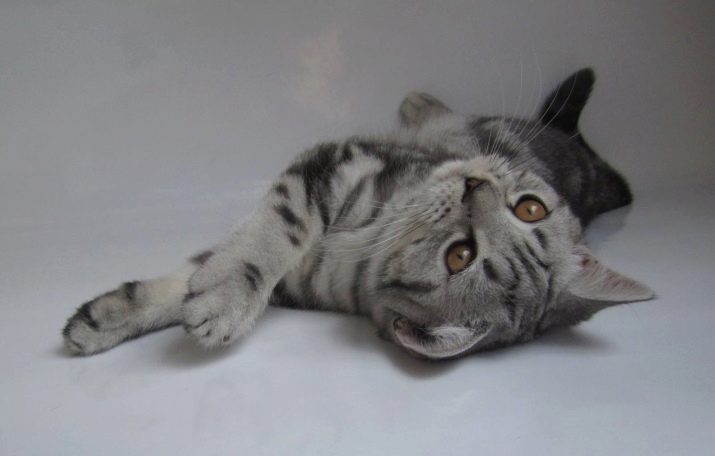
In the next video you can watch the behavior of Scottish marbled kittens.

































As for attention, I bet he needs a lot of it?